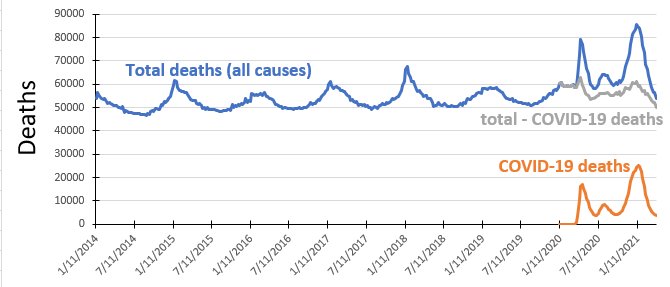
From a young age, students are taught that photosynthesis uses sunlight, carbon dioxide, and water to produce oxygen. On land, photosynthesis is carried out by plants, while in water, it is carried out by various single-celled organisms as well as by multicellular algae. Although there are some other natural processes that produce oxygen (such as the breakdown of ozone by ultraviolet rays), the amount produced is so small that it has no relevance to biological organisms. Thus, photosynthesis produces the vast majority of all oxygen on the planet. At least, that’s what we thought! Now thanks to a study by a multinational group of scientists, we know that there is at least one other natural process that produces a significant amount of oxygen, and it happens on the sea floor.
The story starts in 2013, when the researchers were studying an area of the Pacific Ocean called the Clarion-Clipperton Zone. It spans depths of 12,000 to 18,000 feet, so there is no natural light that reaches it. However, there are many polymetallic nodules that contain important metals like copper, nickel, cobalt, etc. As a result, there are those who would like to mine the nodules to collect those metals.
The scientists were studying the area by dropping a contraption onto the sea floor that pushes a cylinder down into the sediments so as to isolate a section of the water. The cylinder has instruments to measure different aspects of what’s going on in this isolated area, including the oxygen level. Since there is no natural light down there, no photosynthesis can take place. However, there are organisms at those depths that use oxygen. It has always been thought that this oxygen is brought down from shallow waters by ocean currents. Thus, the scientists expected the oxygen levels within the isolated area to decrease, which is what happens in most experiments like this one. However, in this experiment, they saw the oxygen levels rise. Since that didn’t make sense, they wrote it off as a malfunctioning oxygen sensor.
In 2021 and 2022, more studies were done, and once again, oxygen levels were seen to rise. Thus, they decided it probably wasn’t a problem with the oxygen sensors. They confirmed the rise in oxygen with another method, and concluded that there must be some process that is actually generating oxygen. Since the polymetallic nodules had a small electrical potential (0.95 volts), they thought that perhaps electricity from the nodules is breaking down water into hydrogen and oxygen. However, it actually takes 1.5 volts for that to happen, so they thought that perhaps the potentials could add together in roughly the same way voltages add when you string batteries together in series.
They decided to recreate the situation in a small lab on the ship, using sediments and nodules from the seafloor. They found that oxygen would be produced in the lab for a while, but then production would stop. This implies that there is a power source on the seafloor that keeps the process going.
But is this a significant source of oxygen? Yes! In the isolated cylinders, for example, oxygen concentration rose to a level that is higher than what is typically found in surface waters, where all sorts of photosynthesis is going on. In the end, then, it’s possible that deep-sea organisms are not just using oxygen that is transported down from the surface. Instead, there might be a plentiful supply of oxygen being generated for them on parts of the sea floor!
This is not only an exciting discovery that might end up overturning scientific “facts” that have been taught for generations, but it also a reminder of what happens when you allow your preconceptions to color the science you are doing. Remember, these researchers first saw this source of oxygen 11 years ago, but they wrote it off as an error, since the production of oxygen on the dark seafloor was considered “impossible.” It’s very hard for scientists to rid themselves of preconceptions, but for science to advance, we must continue to try.











 Perhaps it’s the academic in me, but I am always bothered when I see a quote attributed to someone who never said or wrote it. The situation becomes even more frustrating when it is someone whose work I know well. I was scrolling through my Facebook feed this morning and saw the following:
Perhaps it’s the academic in me, but I am always bothered when I see a quote attributed to someone who never said or wrote it. The situation becomes even more frustrating when it is someone whose work I know well. I was scrolling through my Facebook feed this morning and saw the following:
